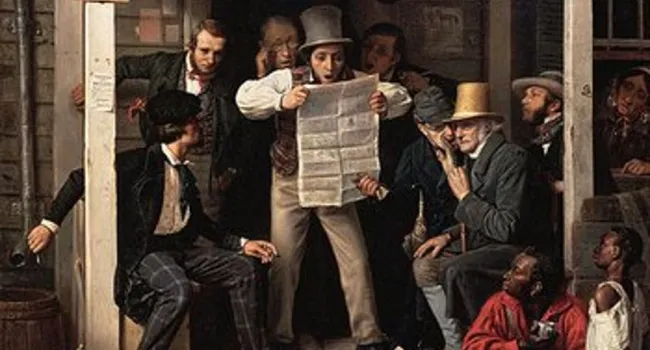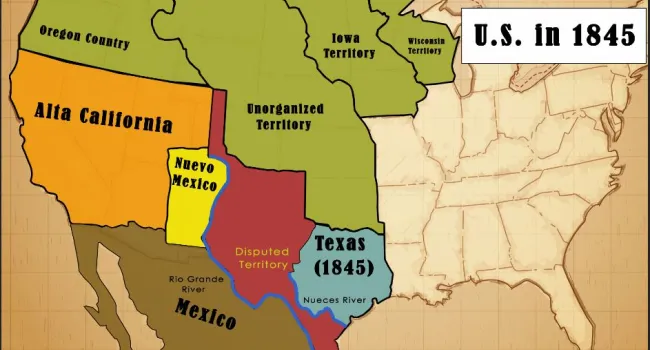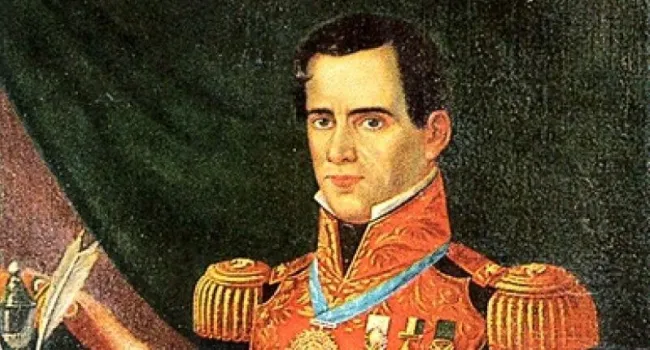Kaltura
President James K. Polk desired to achieve his vision of "Manifest Destiny," and sought to acquire Mexico's northern territories. Mexico had no desire to sell Alta California and Nuevo Mexico to Pres. Polk, and in turn was provoked into war by attacking American troops within disputed territory in Texas. From 1846-1848, the United States and Mexico fought for supremacy of these territories. Modern historians view the Mexican-American War as a source of controversy due to how the land was acquired.
Standards
- 4.3.CE Analyze the effects of government policies in promoting United States territorial expansion into the west.
- 4.3.CO Compare the motivations for and reactions to various expeditions into the Western territories.
- 4.3.P Analyze the role of technology and the environmental impact during the period of Westward Expansion.
- 4.3.CC Recognize patterns of continuity and change in the experiences of Native Americans and Spanish-speaking people as the U.S. expanded westward.
- 4.3.E Analyze multiple perspectives of early westward expansion, including the addition of slave and free territories and states.
- 8.3 Demonstrate an understanding of conflict and compromise in South Carolina, the Southern region, and the United States as a result of sectionalism between the period 1816–1865.
- 8.3.CC Analyze debates and efforts to recognize the natural rights of marginalized groups during the period of expansion and sectionalism.
- USHC.2.CC Differentiate the patterns of continuity and change within the development of sectionalism and reunion.




